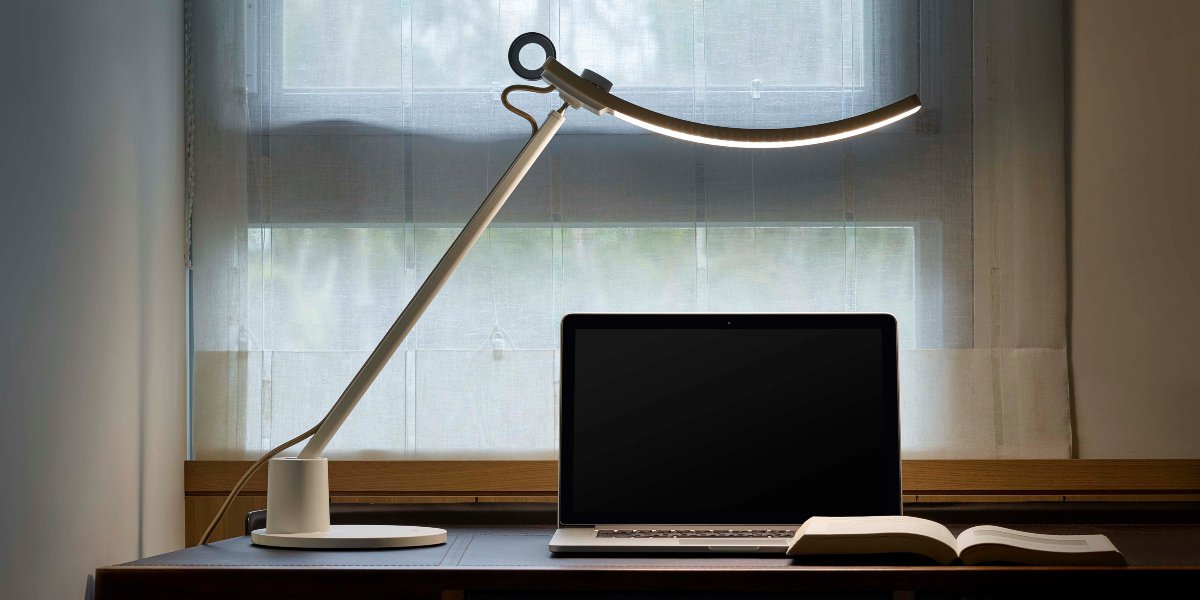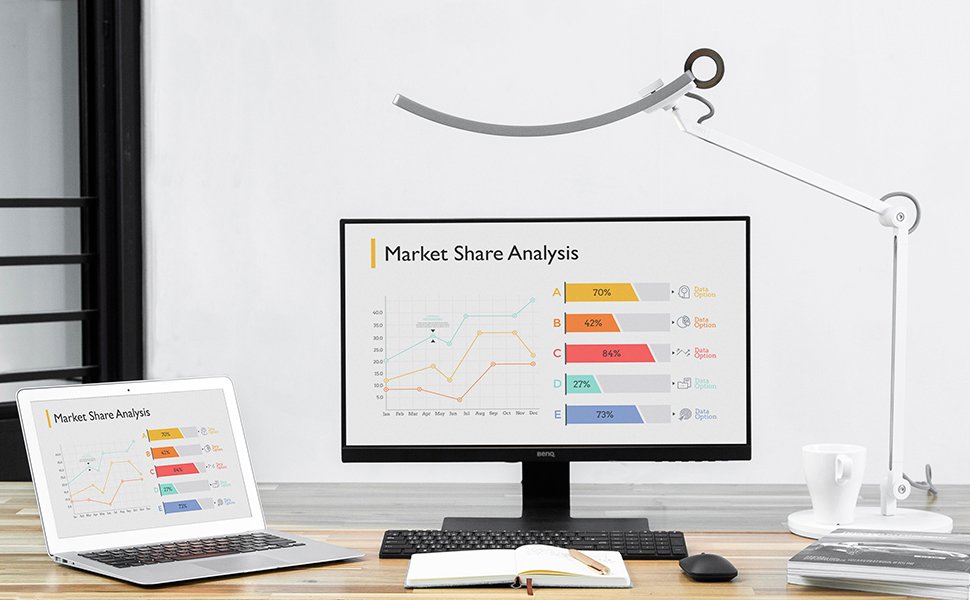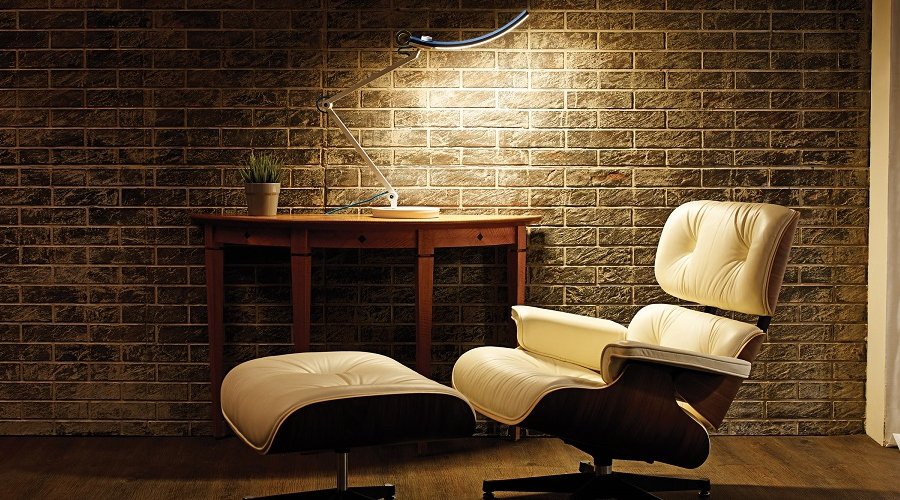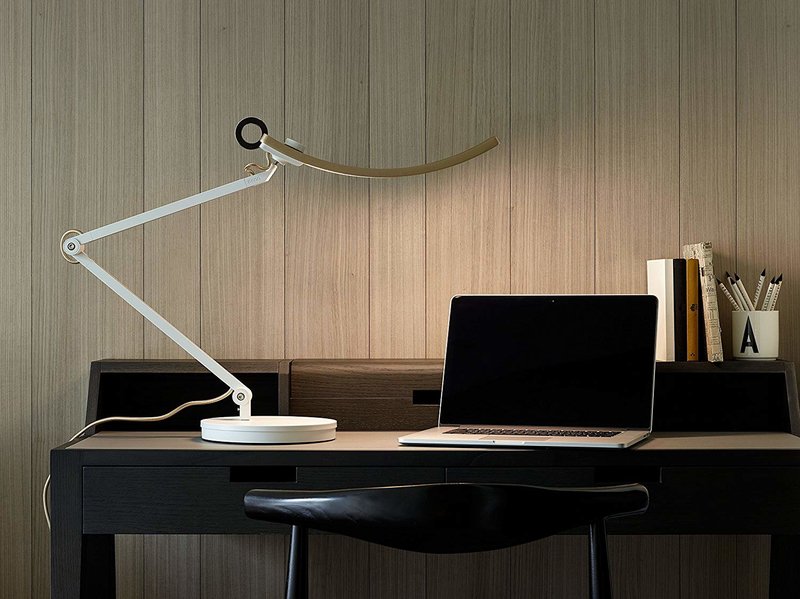Hence, a good desk lamp can change its “color temperature” according to your daily work-rest schedule. It adopts cold white light during daytime which enables you to focus your mind, and uses warm yellow light when it is time to go to bed, which is suitable for bedside reading, thus avoiding delays in falling asleep. In addition, many studies indicate that learning efficiency is higher under cold white light and results in fewer mistakes in answering questions. There are Korean studies indicate that it is easier to stimulate innovation under warm white light, making it suitable to use in art rooms or music rooms.
The greatest advantage of an LED desk lamp is its dimmable color temperature, which enables any combination from warm yellow to cool white. Other advantages include power savings and longevity. The operating time of an LED desk lamp is 40,000 hours, assuming it operates 8 hours per day, which is equivalent to being used for 14 years. The LED light source has no ultraviolet rays (UV) or infrared rays (IR), hence the LED desk lamp neither hurts the skin nor generates heat.




